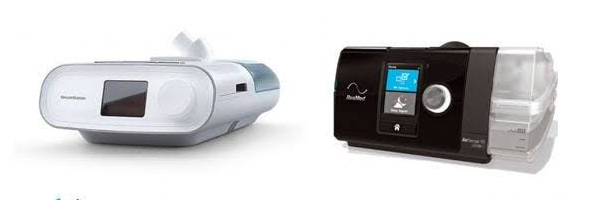
CPAP therapy stands for continuous positive airway pressure therapy, and it is used to treat sleep apnea. Sleep apnea is a sleep disorder characterized by pauses in breathing or shallow breaths during sleep. These pauses can last anywhere from a few seconds to a few minutes and can occur multiple times throughout the night, leading to disrupted sleep and other health problems.
CPAP therapy works by delivering a steady stream of air pressure to keep the airway open during sleep. The therapy involves wearing a mask over the nose and/or mouth that is connected to a small machine called a CPAP device. The CPAP device generates the air pressure and delivers it through a tube to the mask.
When the patient wears the mask and turns on the CPAP device, the air pressure creates a pneumatic splint in the airway. This splint prevents the collapse of the soft tissues in the throat that can block the airway and cause sleep apnea. By keeping the airway open, CPAP therapy ensures a continuous flow of oxygen to the lungs and eliminates the pauses in breathing that occur during sleep.
CPAP therapy is highly effective for treating sleep apnea and can significantly improve the quality of sleep and overall health for those who use it consistently. However, it does require ongoing adherence to the treatment, as stopping or inconsistent use of CPAP can lead to a recurrence of sleep apnea symptoms.

